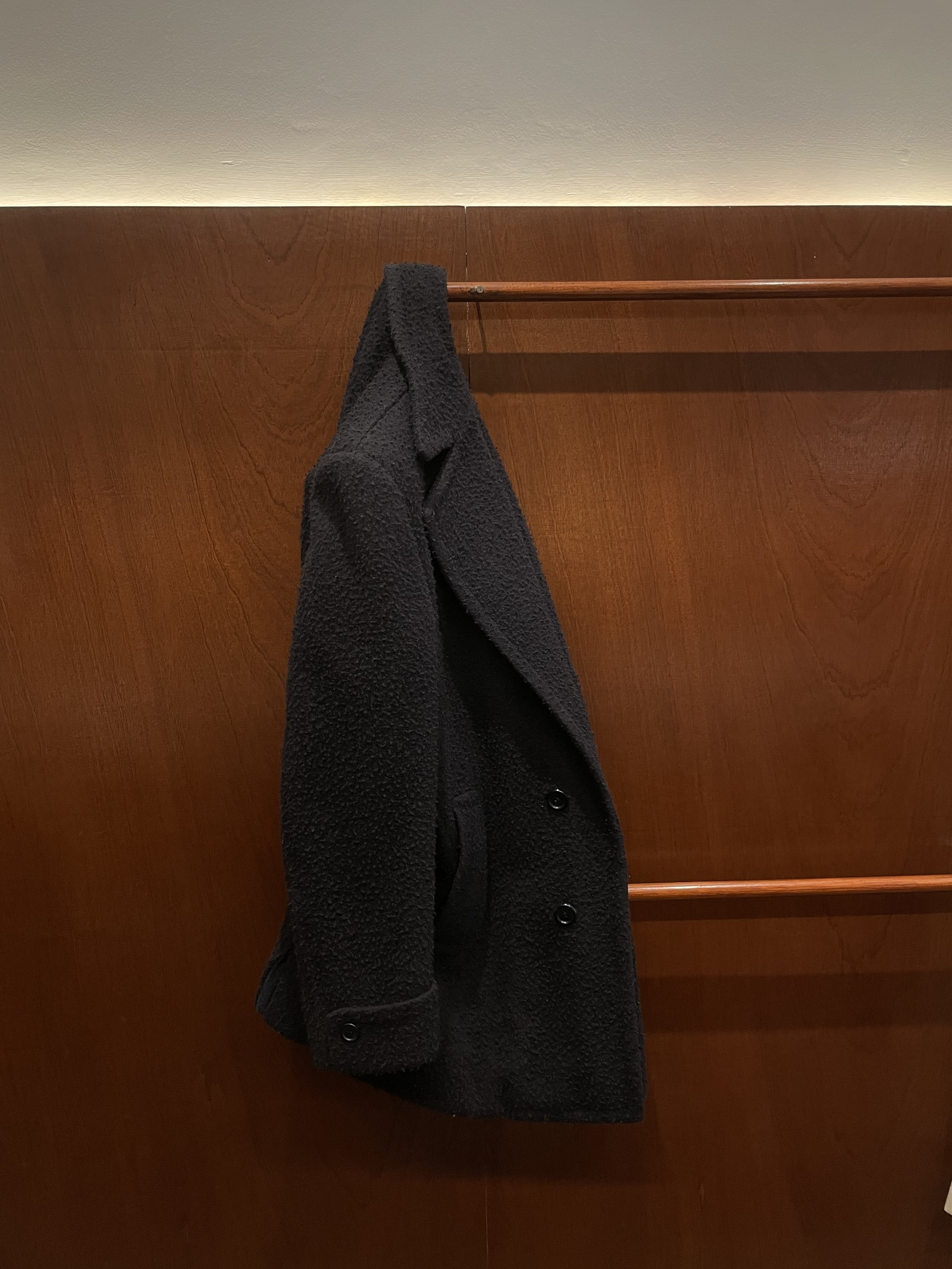CASENTINO
Casentino is probably the oldest textile in tailoring, and suitably the most crude.
At first a peasant’s cloth, it came from Casentino, a valley in Tuscany home to the source of the Arno, and lots of sheep. There in the middle ages shepherds developed it as a warm cover for them and their flock. The wool was beaten together, then brushed with a stone - a process called ‘rattinura’ - to produce the boiled look.
It’s use soon grew across the region, adopted by the clergy as what must have been quite mean, closer-to-God cassocks for the monks of the Franciscan Order, and by the House of Savoy as saddle covers for their royal cavalry. Such was it’s popularity it was accepted as general currency in renaissance Tuscany, with which one could buy goods, fund a dowry, or pay tax.
The traditional colour was a dark green, but a dying mistake - soaking the cloth with alum to waterproof it - produced its famous, slightly shocking orange (dubbed ‘goose beak’) as the cloth began to be produced industrially in the 19th century down the Staggia river.
It’s by far the thickest cloth a tailor might use, and like velvet or corduroys very resistant to a press, and sometimes a needle – any finishing on it us thus fairly thinly spread. Its popularity lingers on though, especially amongst Florentine tailors, and it is still milled in its birthplace, Casentino.
The example here is a car coat: cut short, with easily reached pockets. Inside it’s fully lined with a jersey wool for warmth, with the shoulder blades then lined on-top with silk, to allow the wearer easy movement.


